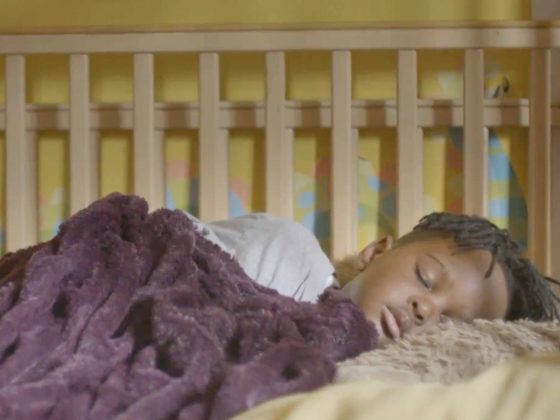
Time for a Nap
Make naptime easier with these tried and tested routines.
As you watch the video, keep in mind that as little ones grow and develop, naptime becomes an important part of the day for everyone (kids and grown-ups!) to recharge and regain energy. Babies and toddlers may get “wired” when tired, causing them to fuss when they’re put down for their nap.
Naptime routines help babies and toddlers know what to expect. First, make sure baby’s belly is full so she doesn’t wake up hungry mid-nap. Milk and formula (for babies), and low-fat cheese, whole-wheat crackers, and fruit (for toddlers) are all great options.
Let little ones know that naptime is approaching by singing a song or dimming the lights. Some lap time while reading a story together can help them wind down and relax. If an older sibling is at home during naptime, he can be included in the routine by reading together or helping fix a snack or change a diaper. Make sure the sleep space is free of blankets, bumper pads, toys, and pillows—they are not safe for children to sleep with.
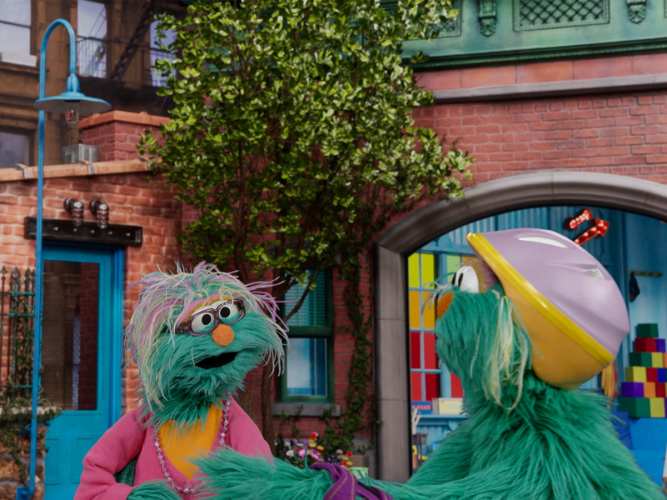
Parenting Moment: Describing
The way you talk with children matters! Your words have power.
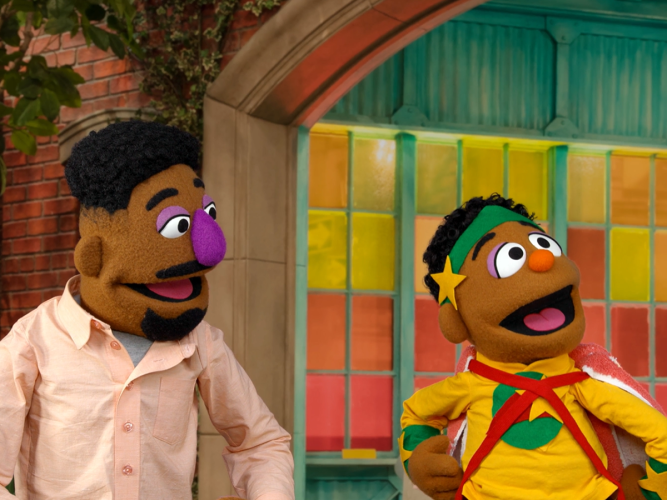
Parenting Moment: Imitating
Playing is learning! The way you play with children matters… your actions and words have power.
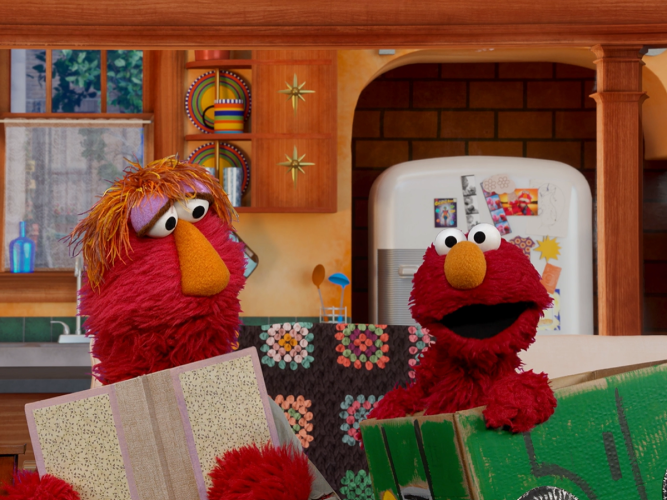
Parenting Moment: Reflecting
The way you talk with children matters… your words have power!
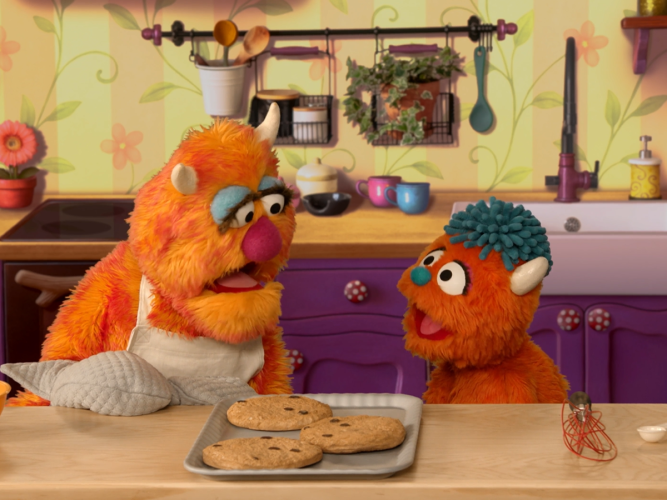
Parenting Moment: Enjoying!
Showing you enjoy your time together with your child builds your special bond. And when you’re being positive, your little one is more likely to do the same.

The Power of Following Children’s Lead
Joining children in their play offers so many opportunities to encourage, communicate, bond, spark and share joy, teach, show warmth and kindness, and help them thrive.
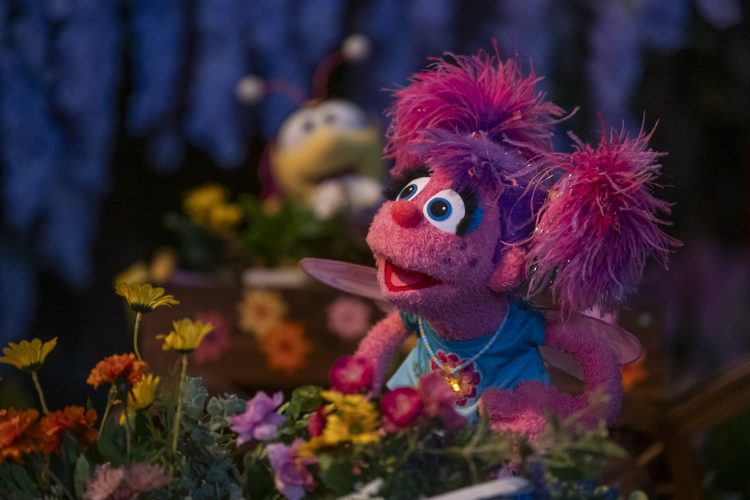
Watch and Play: Abby's Magical Beasties
Watch this episode and explore ways to extend the learning at home.
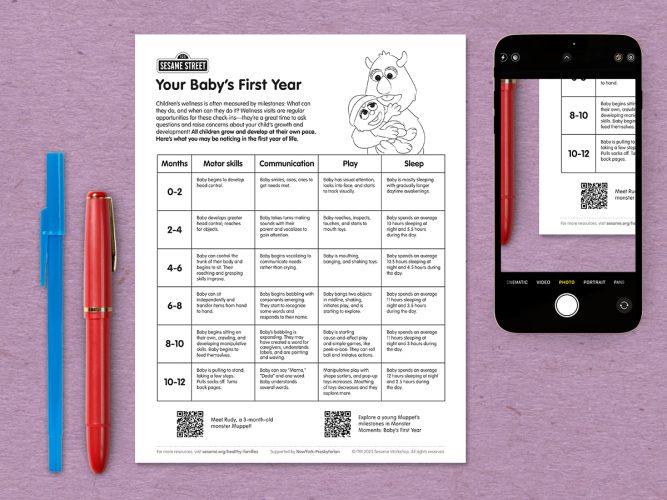
Milestones: Your Baby’s First Year
All children grow and develop at their own pace; use this chart to guide your expectations and observations so you can talk to your child’s pediatrician about questions or concerns.
